This page contains a vocabulary list for the subject of coffee and espresso craft. You will find links to games, flashcards, and other resources related to this topic. Explore the terminology and expand your knowledge in the world of coffee and espresso.
When it comes to coffee and espresso craft, the key lies in the quality of the beans, the precision of the grind, and the skill of the barista. From selecting the right beans to expertly extracting the perfect shot, every step in the process contributes to the final product. Whether you prefer a rich and smooth espresso or a bold and flavorful pour-over coffee, mastering the art of coffee and espresso craft requires dedication and attention to detail. With the right equipment, technique, and passion for the perfect cup, anyone can become a skilled coffee connoisseur.
Practice These Words
Downloads
Coffee And Expresso Craft Vocabulary List
Brewing methods

- I love starting my day with a refreshing glass of cold brew coffee.
- During the summer months, I prefer to drink cold brew over hot coffee.
- Cold brew is perfect for those who enjoy a milder, less bitter coffee taste.
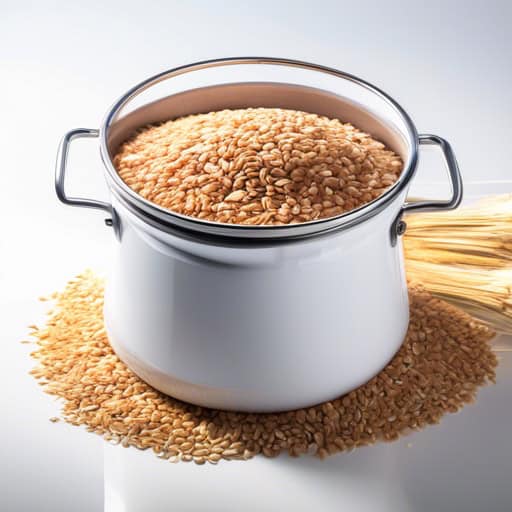
- I made a rich and bold cup of coffee using the decoction method.
- The decoction process really brings out the intense flavors of the coffee beans.
- I prefer the decoction brewing method over other techniques because it creates a more robust and flavorful coffee.

- I start my day with a shot of rich and bold espresso to kickstart my morning.
- The aroma of freshly brewed espresso fills the room, awakening my senses.
- I prefer my espresso with a touch of steamed milk to create a creamy and indulgent latte.
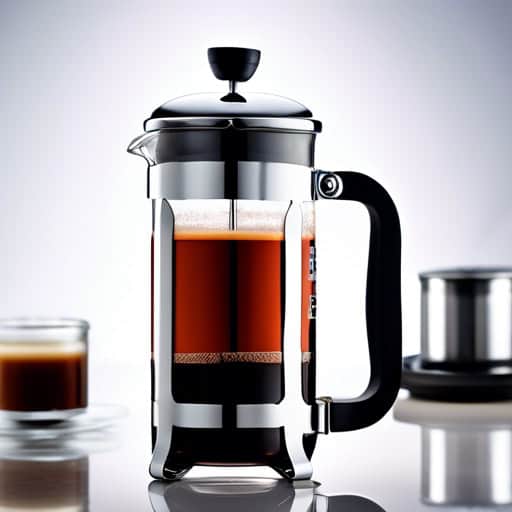
- I love the rich flavor that a French press coffee maker produces.
- Using a French press is a great way to start my morning routine.
- I prefer to make my coffee with a French press instead of using a traditional coffee machine.
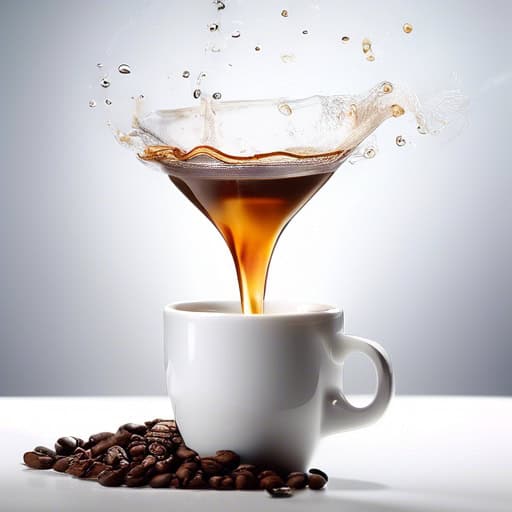
- After a long day at work, I love to relax with a cup of freshly brewed coffee made with a rich infusion of dark roast beans. The infusion process brings out the bold flavors and invigorating aroma that helps me unwind and recharge.
- Sometimes I like to experiment with different types of coffee beans to create unique infusions that cater to my mood or cravings. The possibilities are endless when it comes to crafting the perfect cup of coffee through the infusion method.
- On special occasions, I like to treat myself to a decadent dessert made with a hint of coffee infusion to elevate the flavors and add a touch of sophistication. The subtle infusion of coffee enhances the overall taste and leaves a lasting impression on my palate.
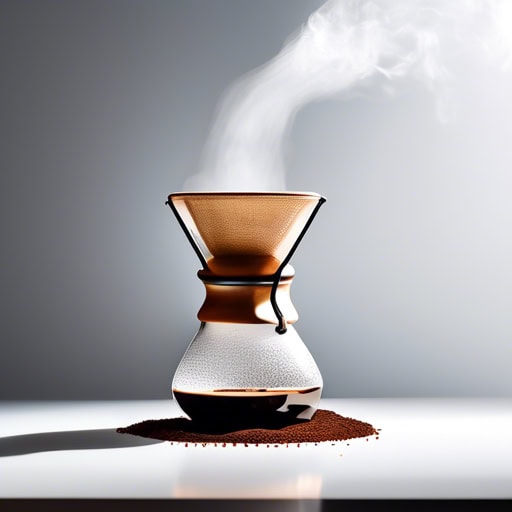
- He carefully poured hot water over the ground coffee in the filter, watching as the rich aroma filled the room.
- After letting it steep for a few minutes, he slowly poured over more hot water to complete the brewing process.
- The barista expertly demonstrated the pour over technique, creating a perfectly balanced cup of coffee for the customer.
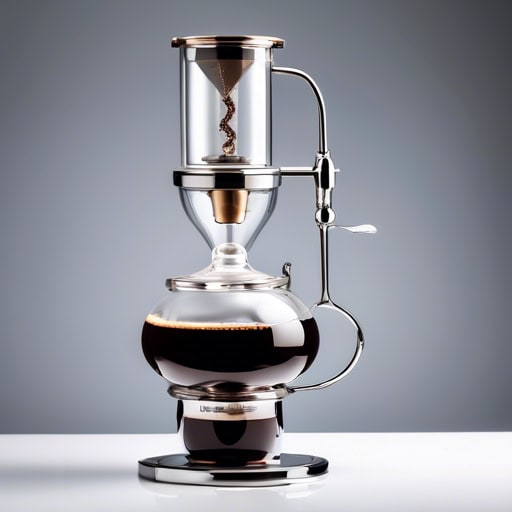
- The barista demonstrated how to use a siphon to brew a delicious cup of coffee.
- The siphon method creates a smooth and aromatic coffee with a unique taste profile.
- I was mesmerized by the elegant and theatrical process of brewing coffee with a siphon.
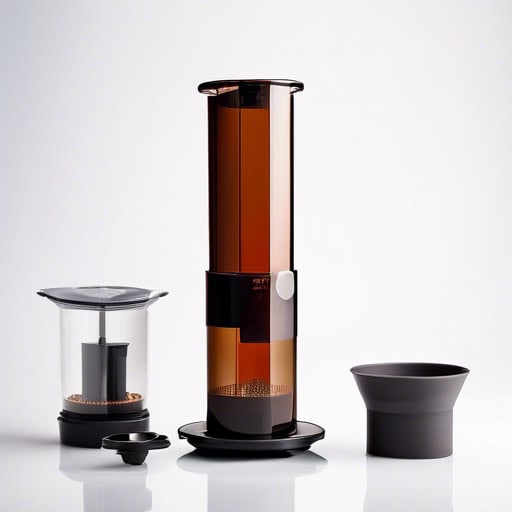
- I love using my Aeropress to make a strong and flavorful cup of coffee in the morning.
- The Aeropress is a convenient and easy-to-use brewing method that produces a smooth and balanced coffee.
- With the Aeropress, I can control the brewing time and temperature to create a customized coffee experience.
Roasting profiles
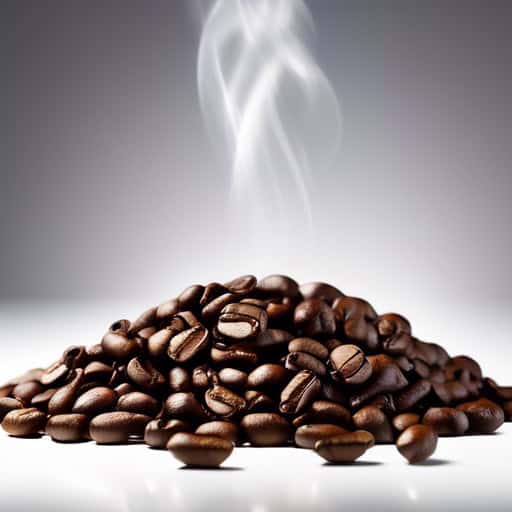
- The rate of rise during the first few minutes of roasting is critical for achieving the desired flavor profile in the coffee beans.
- A slower rate of rise can result in underdeveloped flavors, while a too rapid rate of rise can lead to a burnt taste.
- Roasters carefully monitor and adjust the rate of rise throughout the roasting process to ensure optimal flavor extraction.
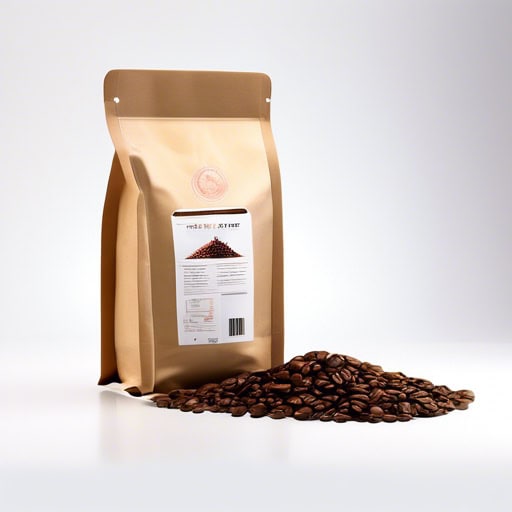
- The roasting profile for this batch of coffee beans includes a gradual increase in temperature over 15 minutes.
- After experimenting with different roasting profiles, we found that a shorter roast time at a higher temperature brought out the best flavors in the beans.
- The roasting profile for our signature blend involves a medium roast at 400°F for 12 minutes, resulting in a rich and balanced flavor profile.
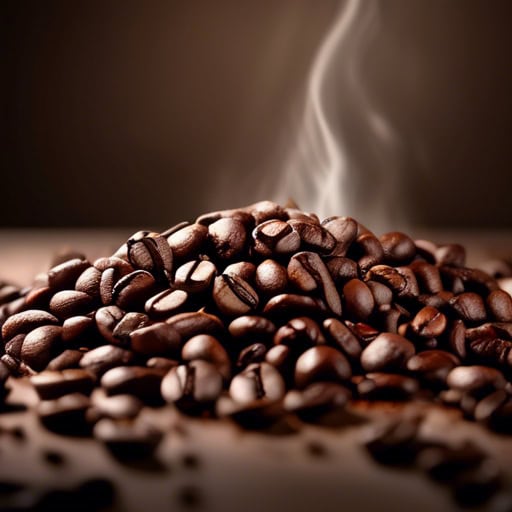
- The roast degree of the coffee beans will determine the overall taste and aroma of your coffee.
- Some prefer a light roast degree for a more delicate flavor, while others enjoy a dark roast degree for a bolder taste.
- It's important to consider the roast degree when brewing coffee to achieve your desired flavor profile.
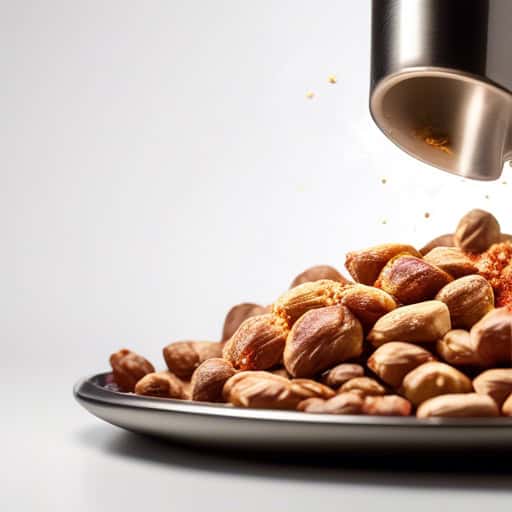
- The Maillard reaction is responsible for the browning of bread crust.
- When meats are grilled, the Maillard reaction creates the delicious flavor and aroma.
- During baking, the Maillard reaction transforms the sugars in cookies into a golden brown color.
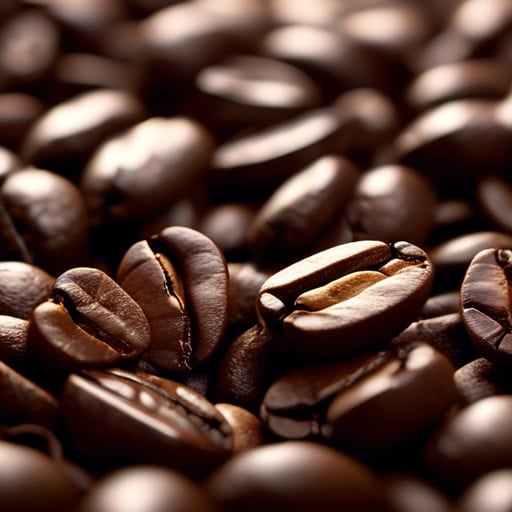
- I always listen carefully for the first crack when roasting coffee beans to ensure I hit the perfect roast level.
- During the first crack, the beans emit a distinct popping sound that signals they are reaching the optimal temperature for roasting.
- Experienced roasters know that timing is crucial during the first crack in order to achieve the desired flavor profile for the coffee beans.
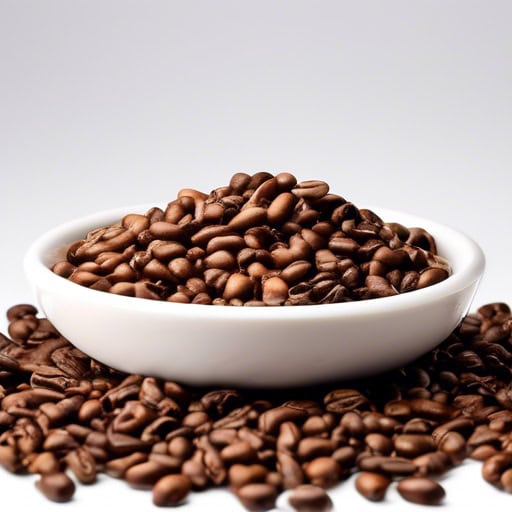
- During the endothermic stage of coffee roasting, beans undergo a crucial process of absorbing heat and releasing moisture.
- This stage is essential for developing the complex flavors that we associate with a well-roasted coffee bean.
- The endothermic stage is characterized by the beans reaching a temperature where chemical reactions occur, transforming the raw beans into a fragrant and flavorful product.
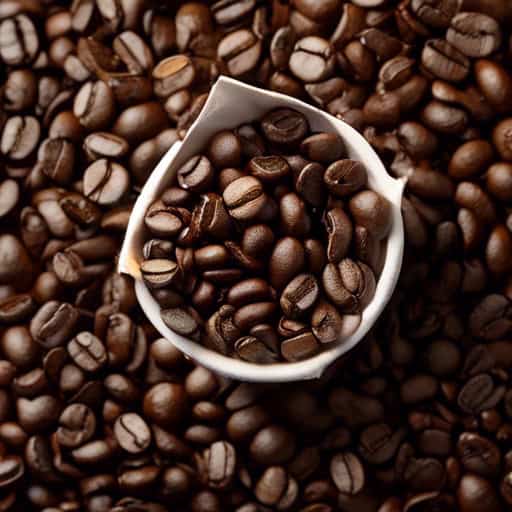
- During the drying phase, the beans lose weight as they release moisture.
- The drying phase is crucial in developing the flavor profile of the coffee.
- Properly monitoring the drying phase is essential to ensure a consistent roast.
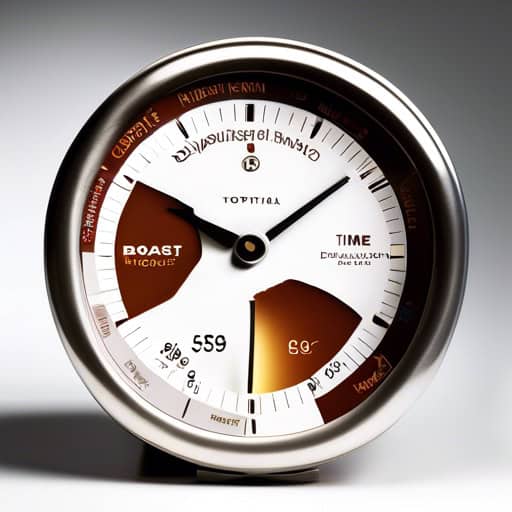
- The development time ratio is a crucial factor in determining the flavor profile of a coffee bean.
- Roasters often strive for a specific development time ratio to achieve the desired level of complexity in the final cup.
- By adjusting the development time ratio, roasters can fine-tune the balance of sweetness, acidity, and body in their coffee.
Bean varieties
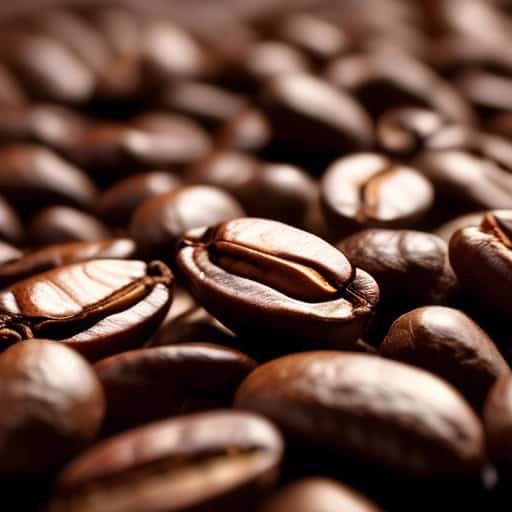
- I prefer Arabica coffee for its smooth and mild flavor profile.
- Arabica beans are often used in specialty coffee blends for their high quality.
- The lower caffeine content in Arabica coffee makes it a great choice for those looking to reduce their caffeine intake.
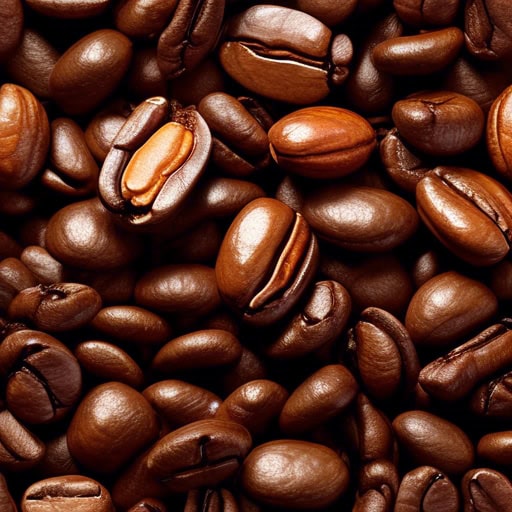
- I love starting my day with a rich and bold espresso made with Bourbon coffee beans.
- The Bourbon variety adds a smooth and fruity taste to my favorite latte.
- The aroma of freshly ground Bourbon beans fills my kitchen every morning, creating the perfect coffee experience.
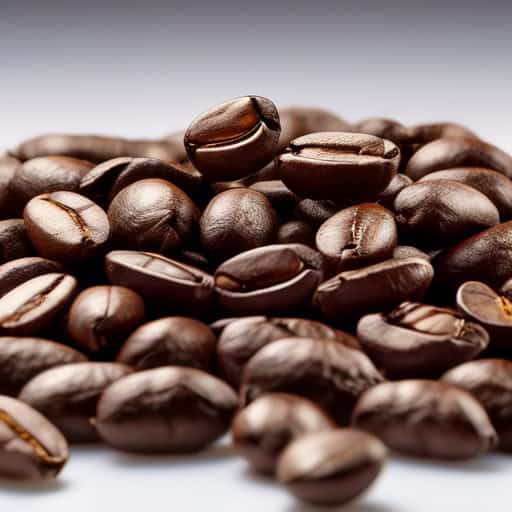
- I prefer the bold and fruity flavor profile of Catuai coffee beans over other varieties.
- My favorite coffee shop serves a delicious espresso made with Catuai beans.
- The Catuai plants on the farm are thriving, producing a bountiful harvest this year.
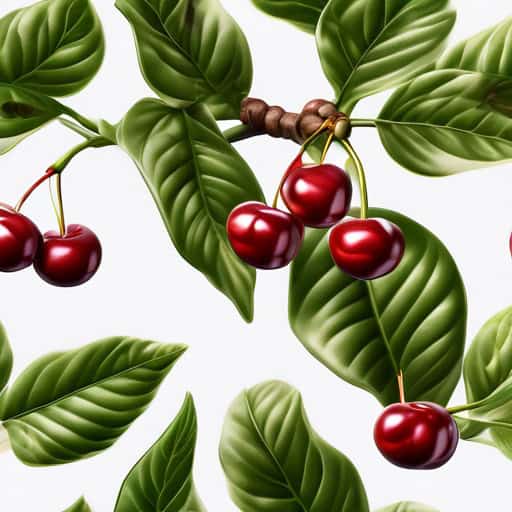
- I prefer the bright acidity of Caturra coffee in my morning espresso.
- The Caturra beans in this blend give it a smooth and sweet flavor.
- The Caturra variety is loved by many for its vibrant taste and versatility in espresso drinks.
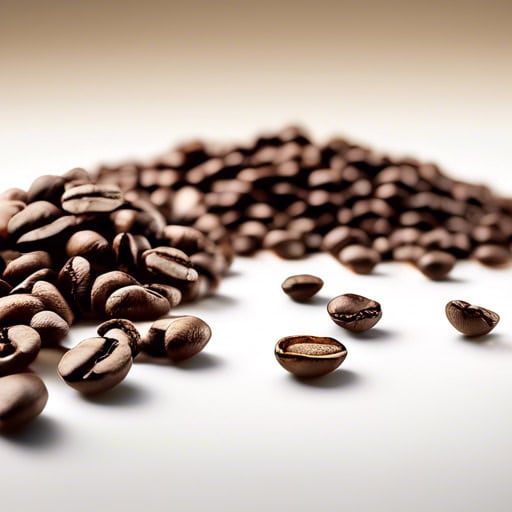
- The Geisha coffee beans are meticulously harvested by hand to ensure their exceptional quality and flavor profile.
- Coffee enthusiasts from around the world seek out Geisha beans for their rare and delicate taste.
- A cup of Geisha coffee is a luxurious experience, with its floral aroma and smooth, tea-like finish.
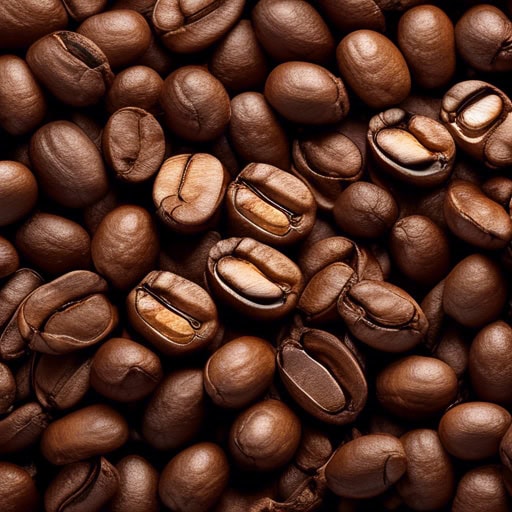
- Robusta coffee beans are often used in espresso blends for their bold and intense flavor.
- Many coffee aficionados prefer Robusta beans for their high caffeine content and strong taste.
- The Robusta plant is known for its ability to withstand harsh growing conditions and resist diseases.
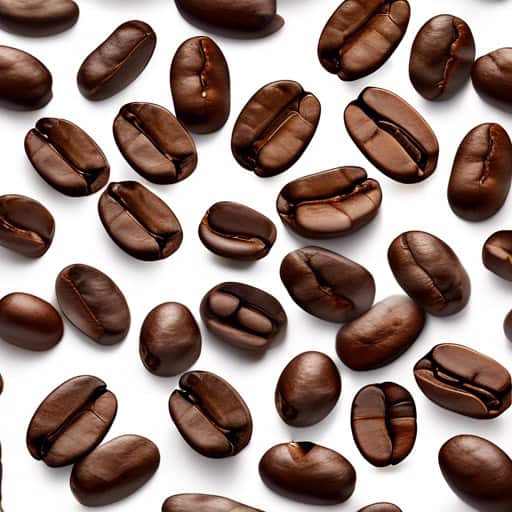
- Typica beans are prized for their smooth and well-rounded flavor, making them a popular choice for espresso enthusiasts.
- The Typica variety is often used in specialty coffee blends to add a touch of sweetness and acidity.
- Many coffee roasters prefer Typica beans for their consistency and versatility in creating complex flavor profiles.
Coffee Varieties

- I started my day with a shot of espresso to wake me up.
- I prefer to drink my espresso without sugar or milk to fully appreciate its rich flavor.
- After dinner, I like to enjoy a smooth and velvety espresso as a dessert.

- I ordered a flat white at the café this morning and it was perfectly creamy and delicious.
- The barista made me a beautiful flat white with a rosetta design in the foam.
- My favorite way to start the day is with a strong flat white from my local coffee shop.
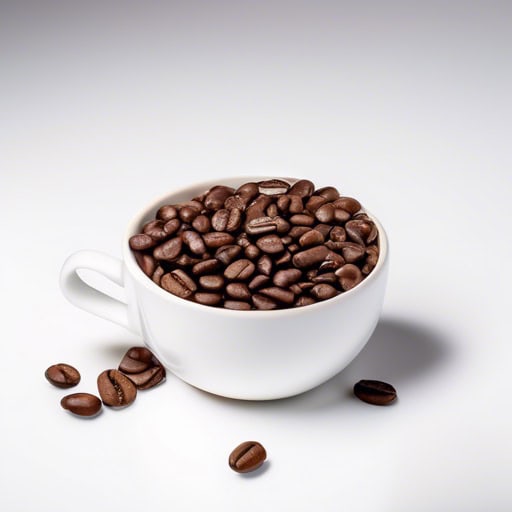
- I always enjoy starting my day with a creamy mocha from my favorite coffee shop.
- My friend ordered a mocha latte with whipped cream on top as a special treat.
- The mocha flavor in the dessert was the perfect balance of chocolate and coffee.
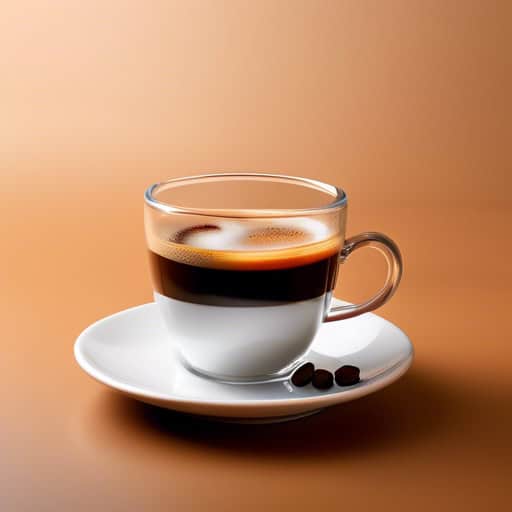
- I ordered an americano at the coffee shop this morning.
- The americano had a strong and bitter flavor that I enjoyed.
- My friend prefers to drink americano with a splash of cream.
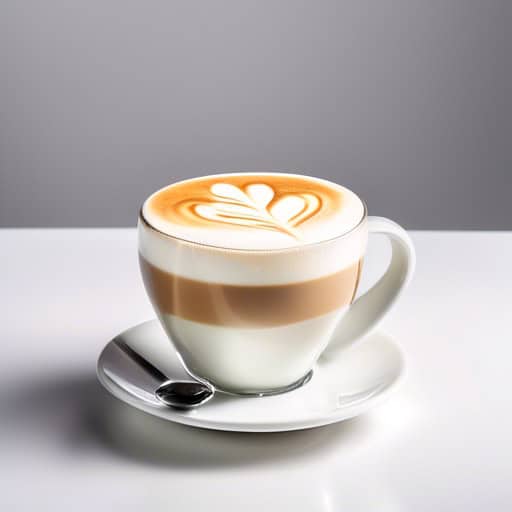
- I ordered a cappuccino with an extra shot of espresso for an added kick in the morning.
- The barista at the café creates beautiful designs in the milk foam of each cappuccino they serve.
- After a long day of work, there's nothing better than unwinding with a creamy cappuccino in hand.
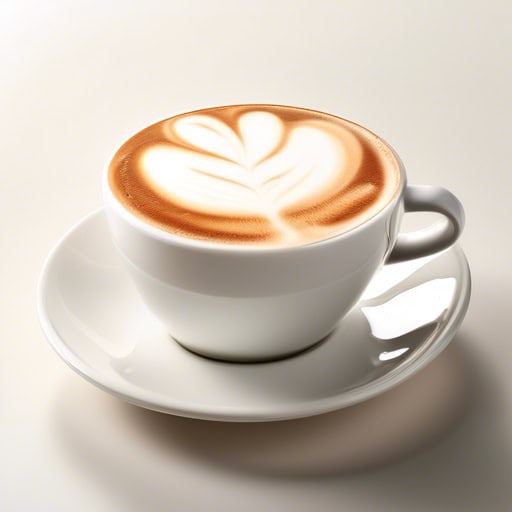
- I ordered a caramel latte for breakfast this morning.
- She always enjoys a warm latte on a cold winter day.
- The barista at the cafe makes the best vanilla latte in town.
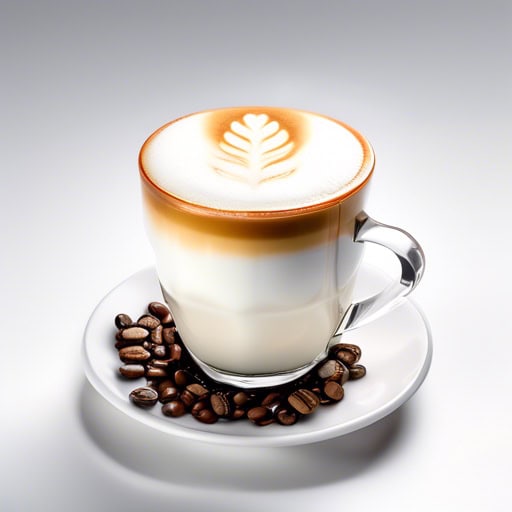
- I ordered a caramel macchiato from the cafe for a mid-afternoon pick-me-up.
- The barista expertly crafted a beautiful macchiato with a perfect layer of foam on top.
- After trying a traditional macchiato, I realized I prefer the sweeter taste of a vanilla macchiato.
Tasting notes

- Her palate was sophisticated, able to distinguish between the subtle notes of dark chocolate and caramel in the coffee.
- The bitter aftertaste on her palate lingered long after she finished her last sip.
- He closed his eyes, savoring the complex flavors that danced on his palate with each sip of the freshly brewed coffee.
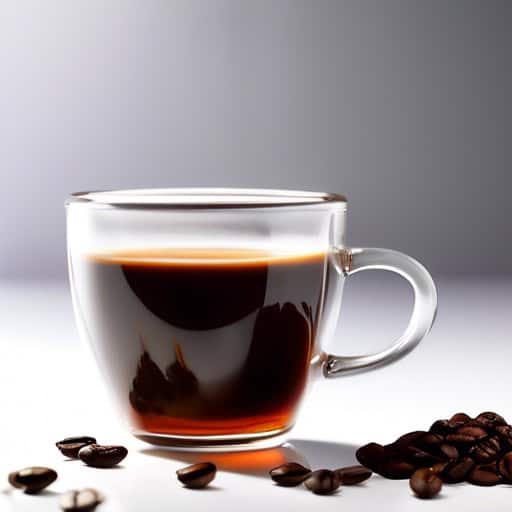
- The coffee has a strong presence of tannins, giving it a bold and slightly bitter taste.
- The tannins in this coffee leave a dry, puckering sensation on the palate.
- The dark chocolate notes are enhanced by the tannins in the coffee, creating a rich and complex flavor profile.

- The mouthfeel of this espresso is velvety and rich, with a lingering creaminess that coats the palate.
- I prefer a lighter mouthfeel in my coffee, with a clean finish and a hint of brightness.
- The mouthfeel of this cappuccino is surprisingly heavy, with a thick and luxurious texture that lingers on the tongue.
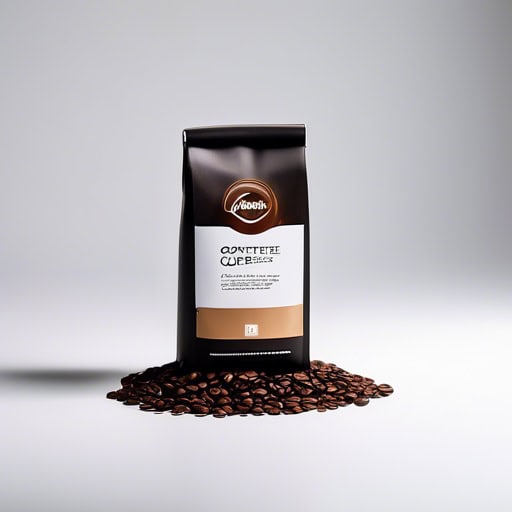
- The coffee had a smooth finish with hints of chocolate and nutty undertones.
- I enjoyed the lingering finish of the dark roast coffee.
- The finish of the espresso was slightly acidic with a touch of caramel sweetness.
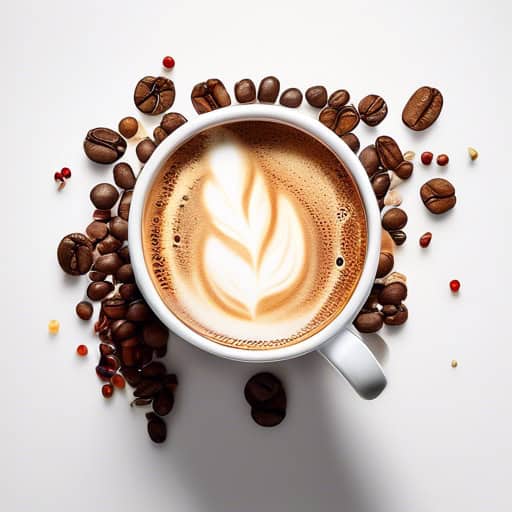
- The complexity of the dish comes from the combination of sweet, savory, and spicy flavors.
- The wine's complexity is enhanced by its aging process and the unique terroir of the vineyard.
- The artist's work is known for its depth and complexity, inviting viewers to explore its layers of meaning.
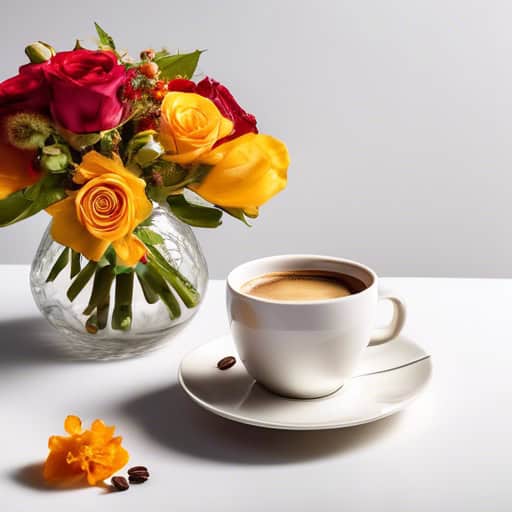
- The bouquet of the coffee included notes of caramel, chocolate, and toasted nuts.
- As I took a deep breath, the rich bouquet of the coffee filled my senses.
- The bouquet of the freshly brewed coffee was so enticing that I couldn't wait to take my first sip.
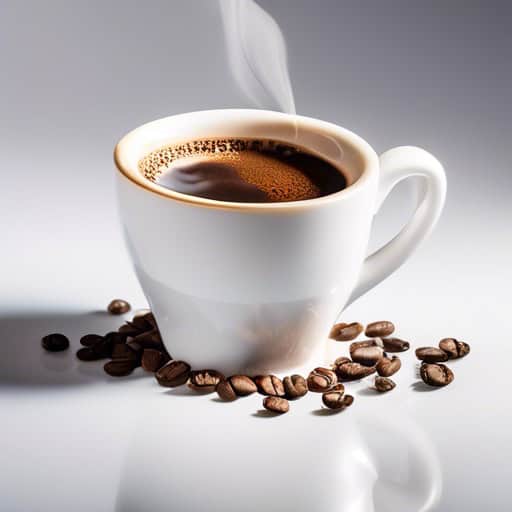
- The aroma of freshly ground coffee beans filled the kitchen, awakening my senses.
- As I poured the hot water over the coffee grounds, a rich aroma wafted up from the cup.
- The aroma of the coffee brewing in the cafe was so enticing that I couldn't resist ordering a cup.
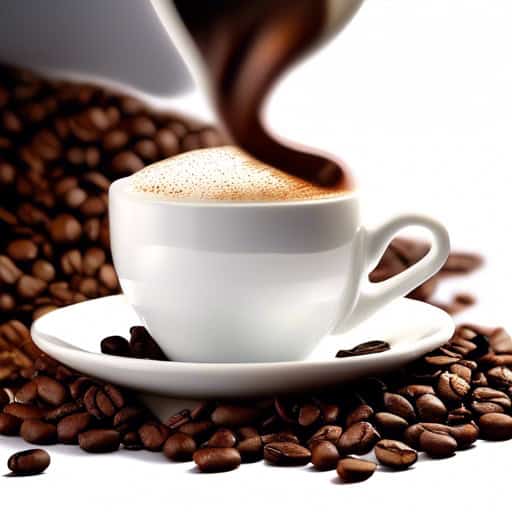
- The acidity in this coffee is pronounced, giving it a zesty and vibrant quality.
- I prefer coffees with higher levels of acidity because they tend to be more invigorating.
- The acidity in this blend balances out the rich, dark chocolate notes, creating a complex and well-rounded flavor profile.
Latte art techniques
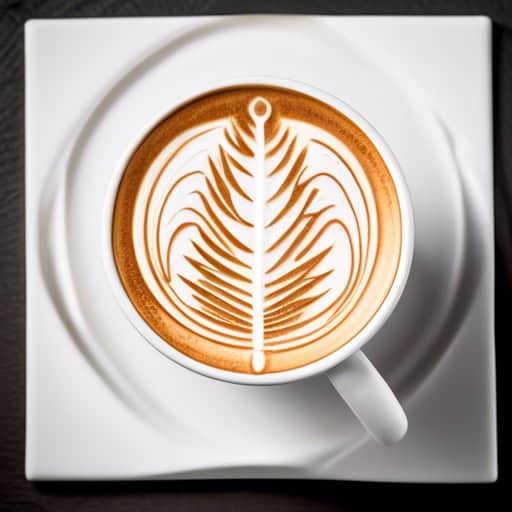
- The barista expertly used an etching tool to create a beautiful flower pattern on top of the latte.
- I admired the intricate etching designs on my latte before taking my first sip.
- She practiced etching every day to perfect her latte art skills.
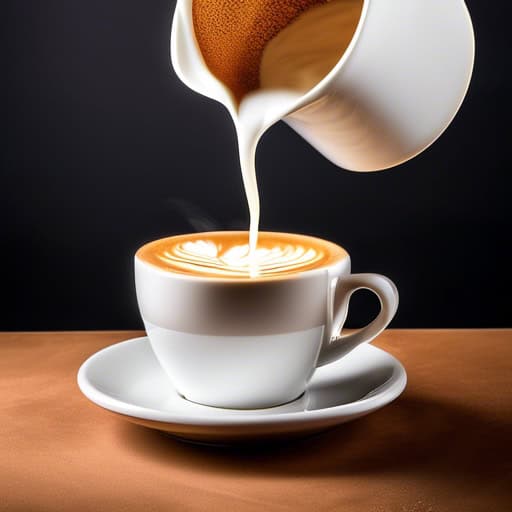
- The barista impressed customers with her intricate free pour design on their lattes.
- I love watching skilled baristas free pour beautiful designs on my coffee.
- Learning how to free pour has been a fun challenge for me as a barista-in-training.

- His heart skipped a beat when she walked into the room.
- The doctor listened to his heart with a stethoscope.
- She wore her heart on her sleeve, always expressing her emotions openly.
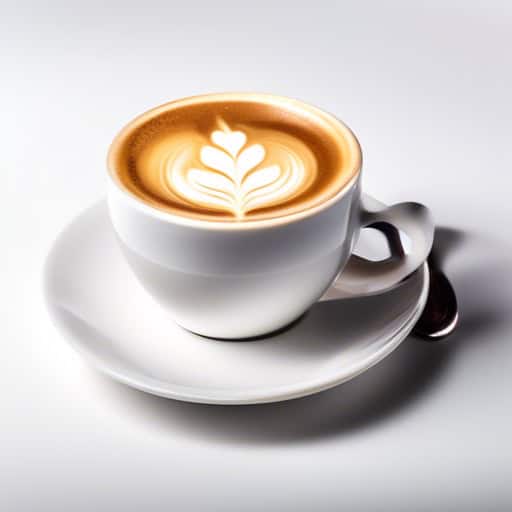
- The key to creating beautiful latte art lies in mastering the technique of layering.
- Layering is essential in achieving a visually appealing and delicious latte.
- Practicing the art of layering takes time and patience, but the end result is worth it.
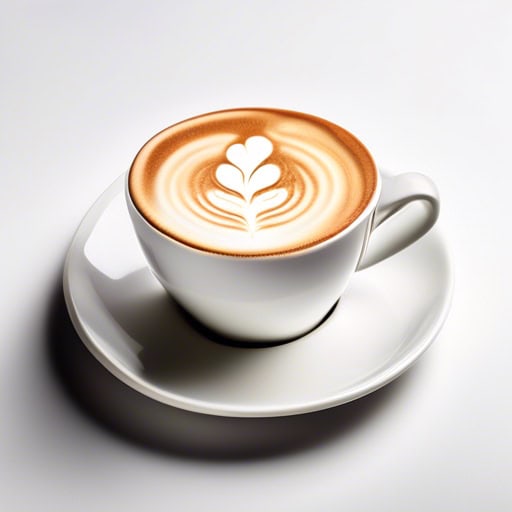
- The barista expertly created a beautiful ripple design on top of my latte.
- I always look forward to seeing the intricate ripples in my morning coffee.
- The gentle ripple in my latte made me smile as I took my first sip.
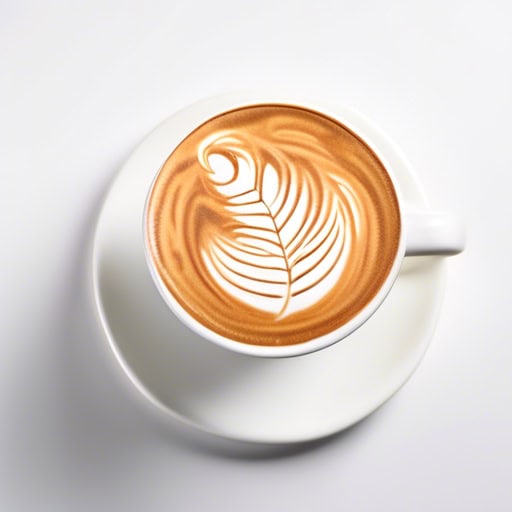
- Have you ever tried a Rosetta latte art design at your local coffee shop?
- The barista at my favorite café always impresses me with their intricate Rosetta creations.
- I love how the Rosetta design adds a touch of elegance to my morning latte.
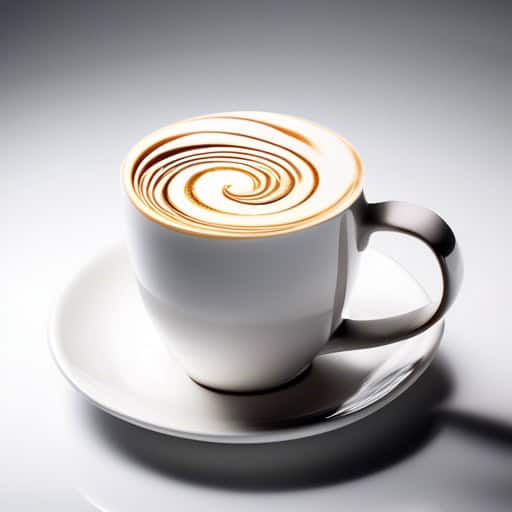
- The barista expertly created a beautiful swirl in the latte, adding a touch of elegance to the drink.
- The swirl of the latte was mesmerizing as it danced on the surface of the coffee, creating an intricate pattern.
- With a steady hand, the barista drew a perfect swirl on top of the latte, impressing the customers with their latte art skills.

- The vibrant red tulip stood out among the other flowers in the garden.
- She carefully arranged the tulips in a vase, creating a beautiful centerpiece for the dining table.
- Every spring, the fields were filled with rows of colorful tulips, creating a breathtaking display.
Quick Facts
- Coffee was first discovered in Ethiopia in the 9th century.
- Espresso is made by forcing hot water through finely-ground coffee beans at high pressure.
- The first espresso machine was patented in 1884 by Angelo Moriondo of Italy.
- Coffee beans are actually the seeds of a cherry-like fruit that grows on coffee plants.
- The term “espresso” comes from the Italian word meaning “pressed out” or “express.”
